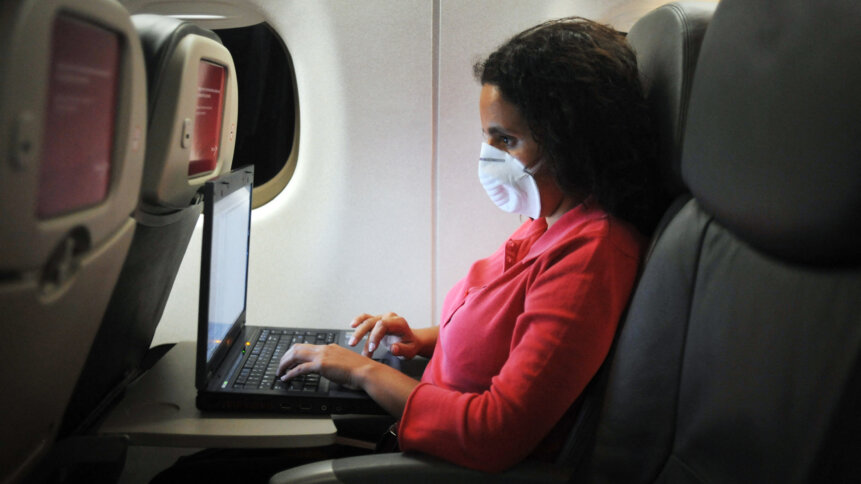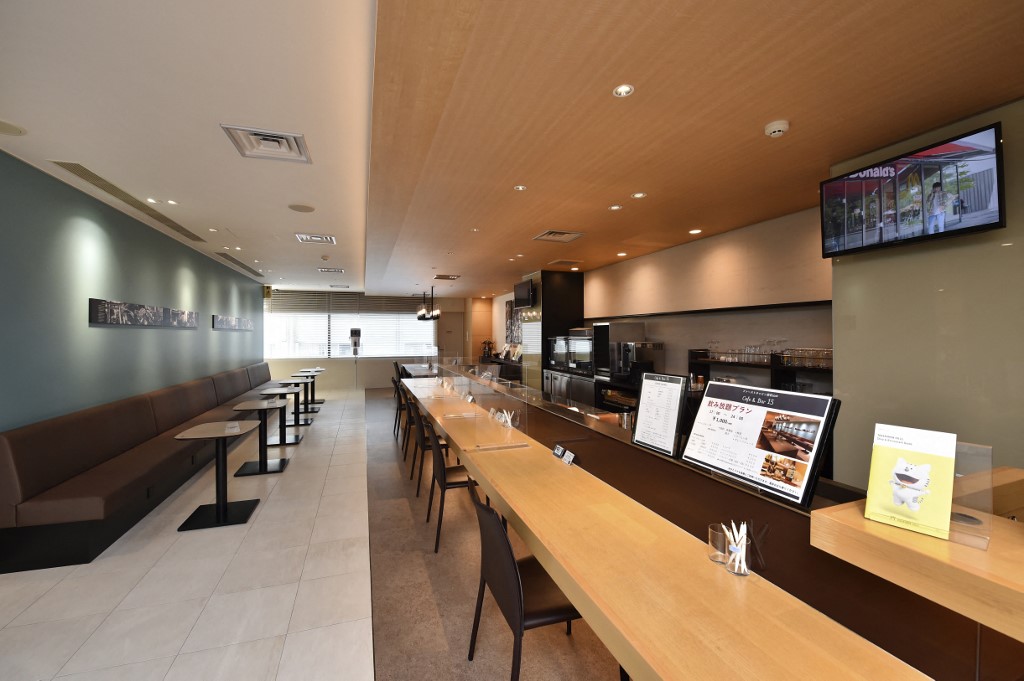Finally, dependable interoperable inflight Wi-Fi is taking off

One of the areas where connectivity has consistently been a headache is in the air. It’s hard to quantify how often a tourist, businessperson, or an airborne emergency required the use of inflight Wi-Fi, but the connection has been unstable, prone to disconnecting, or just too slow to reliably connect to certain web pages or services.
READ NEXT

Wi-Fi 6 proves its mettle in IIoT
And while inflight Wi-Fi is now a widely available offering aboard many commercial aircraft, passenger adoption rates in no way reflect how exceptionally high the use of Wi-Fi is on the ground. Wireless connectivity, with high bandwidth and reliable accessibility, has become almost as much of a necessity as food and shelter.
Sound ridiculous? And yet, the data shows that as more and more people come online every year (on any given day in the last five years, there were 640,000 people on average online for the first time ever – or an average of 27,000 every hour), the internet becomes an intrinsic part of their daily experiences, playing a major part in their work, at home, for learning, recreation, and so much more.
The new must-have
In matured markets like the US, dependable internet access is a must-have, not a nice-to-have. A whopping 93% of American adults are internet-connected, according to the Pew Research Center, which has been actively tracking the internet usage of Americans for around two decades. And when it comes to wireless broadband, “roughly three-quarters of American adults have broadband internet service at home,” says Pew.
So it’s safe to say that internet access is ubiquitous in some parts of the world, and for business and productivity needs, it has become incrementally in demand in recent years. Increasingly, business travellers expect uninterrupted connections for their work communications, wherever they are – be it in transit, on their commutes, at their hotels, in waiting areas (many business-oriented lounges have Wi-Fi nowadays), and in the air.

Lounge space with Wi-Fi connection and power outlets at the cabin-style hotel First Cabin Atagoyama in Tokyo, modelled after first class cabins of passenger airplanes. (Photo by Kazuhiro NOGI / AFP)
While travellers on longer flights can often buy, register and pay for inflight Wi-Fi passes now, there are a variety of challenges hindering connectivity, meaning guarantee seamless continuity in roaming is difficult to offer. For instance, every step it takes in the online journey to purchase an inflight Wi-Fi pass onboard the plane, increases the likelihood of the buyer dropping out – the dropout rate multiplies exponentially when troublesome connectivity issues and complex application processes cause friction, leading to potentially lost revenue for airlines, their service providers, and the other ecosystem partners.
And not all challenges are technical in nature. Stakeholders impacted can include the airlines themselves, identity providers including mobile operators, satellite and air-to-ground backhaul services, avionics vendors and hub services that facilitate roaming. To give stakeholders a clearer top-down picture of the issues impacting secure, interoperable, smooth onboard connectivity, the Wireless Broadband Alliance (WBA) – whose members include Google, Samsung and Intel – has published a framework for airlines, telecommunications operators, satellite and air-to-ground backhaul services and telcos on securing inflight Wi-Fi connectivity.
Barriers to connectivity
An instance outlined in the report is the investment that airlines have made in inflight Wi-Fi portal services, and how many frequent business travellers might have VPNs installed that could prevent them being able to access these onboard services. Regaining access would require them to disconnect their VPN, adding an additional layer of restrictive complexity that the passenger might be against – especially if they need their VPN to access particular services that are not available in their next destination, or have concerns about security pain points that could see them opting out of purchasing an onboard pass altogether.
The WBA’s whitepaper suggests implementing services like Passpoint, which frees passengers from the hassle of entering manual login credentials by having the aircraft’s network automatically authenticate their identity every time, on every subsequent flight. Passpoint is also the entry point for the WBA’s OpenRoaming federation, which ensures that travellers not only stay connected onboard the plane, but at additional locations throughout their trip, including in and around the airport, hotels, convention centers, and any other public locations – and even the modes of transportation in between.
“Wi-Fi networks and internet access have been available in the cabins of several airlines over the last twenty years,” said Dr. Angelos Mavridis, Senior Wi-Fi Roaming Manager for Deutsche Telekom Global Carrier, and WBA member. “Difficulty for users to connect and to stay connected to the web, plus the consumption of local content on the airline portal during a flight, are reported to be the main reasons for limited user acceptance of inflight connectivity.”
“Connectivity today is fundamental for our daily lives and Wi-Fi is the most used wireless connectivity technology in the world. The inflight Wi-Fi experience must improve to give vacationers and business travellers access to flight information, entertainment, social media and more,” added Tiago Rodrigues, Wireless Broadband Alliance CEO. “But a host of technological and business challenges have prevented inflight Wi-Fi from living up to its mainstream potential. This report shows airlines, mobile operators, avionics vendors and other stakeholders how they can overcome those barriers to adoption — creating new revenue, branding, loyalty and other business opportunities in the process.”
“WBA OpenRoaming addresses the issues to connect automatically and securely to the internet and now provides the potential for passengers to take full advantage of all their in-flight services,” explained Mavridis. “The whitepaper describes in several use cases Inflight Connectivity from the viewpoint of stakeholders, including airlines and mobile operators, and demonstrates how new technologies can be used to increase user experience and uptake.









